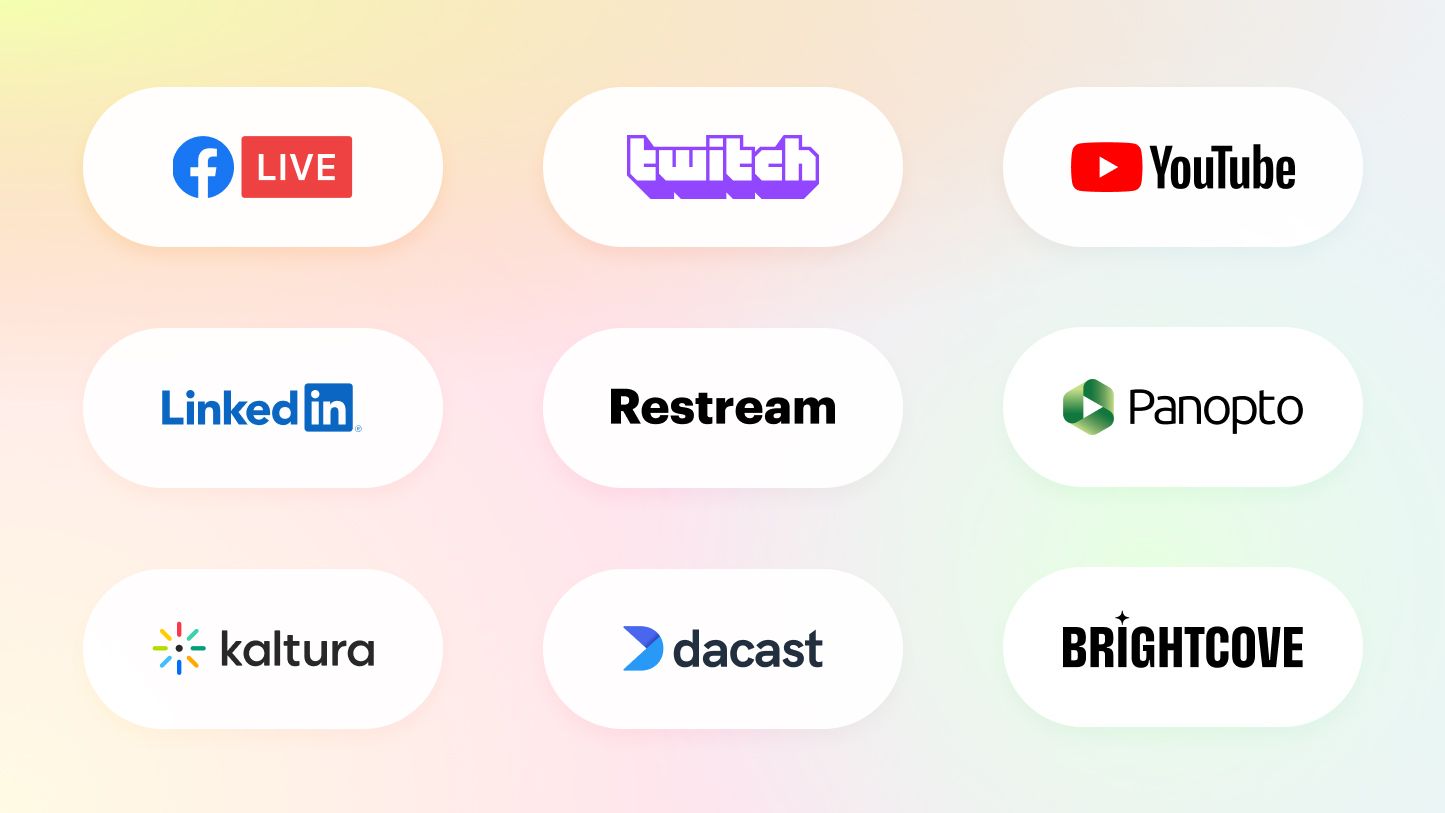Stream Dreams: Navigating the Digital Entertainment Revolution
Stream Dreams: Navigating the Digital Entertainment Revolution
Blog Article

In recent years, the way we consume entertainment has undergone a seismic shift. The emergence of online streaming has transformed not only our viewing habits but also the entire landscape of media and content delivery. Gone are the days when audiences were tethered to cable schedules and physical media. Today, with just a few clicks or taps, we can access a vast library of films, series, music, and live events from virtually anywhere in the world.
This digital entertainment revolution has democratized access to content, bringing forth a new era of creativity and diversity. Independent creators now have the opportunity to showcase their work alongside established industry giants, fostering a rich tapestry of storytelling that caters to every taste and preference. As we delve deeper into the world of online streaming, we explore its impact on traditional media, viewer behavior, and the challenges and opportunities that lie ahead in this ever-evolving digital landscape.
https://youtvstart.com
The Rise of Online Streaming
In recent years, online streaming has transformed the landscape of entertainment, fundamentally changing how people consume media. Once dominated by traditional cable and satellite options, the availability of high-speed internet and advancements in technology have made it feasible for audiences to access a vast array of content from the comfort of their homes. This shift has empowered consumers to watch what they want, when they want, leading to a significant decline in the popularity of conventional television.
The introduction of platforms like Netflix, Hulu, and Amazon Prime Video played a pivotal role in popularizing online streaming. These services provided on-demand access to movies and television shows, allowing viewers to binge-watch entire seasons at their convenience. As they expanded their libraries and invested in original programming, these platforms began to reshape viewing habits and create a new culture around media consumption, breaking the constraints of linear television schedules and advertising.
As online streaming became more mainstream, it also spurred the launch of numerous niche platforms catering to specific interests, such as gaming, documentaries, and independent films. This diversity has made it possible for creators to reach targeted audiences, fostering a democratization of content production. The rise of streaming not only revolutionized how content is delivered and consumed, but it also sparked new discussions around intellectual property, viewer rights, and the future of the entertainment industry as a whole.
Impact on Traditional Media
The rise of online streaming has dramatically transformed the landscape of traditional media. Television networks and radio stations, once dominant forces in entertainment, now grapple with the challenges posed by streaming platforms that offer on-demand content. Viewers increasingly prefer the convenience of accessing their favorite shows and movies at any time, leading to a decline in live broadcast consumption. This shift has compelled traditional media to reconsider their business models and adapt to the new reality.
As a direct response to the growing popularity of streaming services, many traditional media companies have launched their own platforms. Networks that previously relied on advertising revenue from live programming are investing heavily in creating their own on-demand services. This has resulted in a more competitive environment, where traditional companies must now vie for audiences against established streaming giants. The outcome is a blending of the old and new, where traditional media seeks to maintain relevance by embracing technology and altering their content distribution strategies.
Moreover, the accessibility of online streaming has democratized content consumption, allowing independent creators and smaller production companies to reach audiences without the need for traditional media gatekeepers. This has diversified the content landscape, giving rise to niche markets and innovative programming that might not have found a place in conventional media. As a consequence, traditional media faces the ongoing challenge of not only adapting to digital trends but also finding ways to coexist with an increasingly fragmented audience that values choice and flexibility.
Future Trends in Streaming
The future of online streaming is poised for remarkable evolution as technology continues to advance. One significant trend is the rise of augmented reality and virtual reality content, which promises to create immersive experiences for viewers. As the hardware becomes more accessible and affordable, we can expect streaming platforms to invest in interactive and experiential content that engages audiences in new and exciting ways.
Another trend is the consolidation of streaming services as competition heats up in the digital entertainment market. With more players entering the field, we may see existing platforms merging or forming partnerships to offer bundled content. This could streamline user experience while providing a more extensive library of films, series, and live events. As subscribers seek value for their money, platforms will need to innovate and differentiate themselves through exclusive content and enhanced features.
Lastly, with the increasing emphasis on personalization, streaming services are expected to harness advanced algorithms and artificial intelligence to tailor recommendations for viewers. This shift will not only improve user engagement but also drive content discovery, ensuring that audiences find exactly what they want. As preferences become more diverse, the ability of platforms to cater to individual tastes will be crucial in maintaining and growing subscriber bases in an ever-competitive landscape.
Report this page